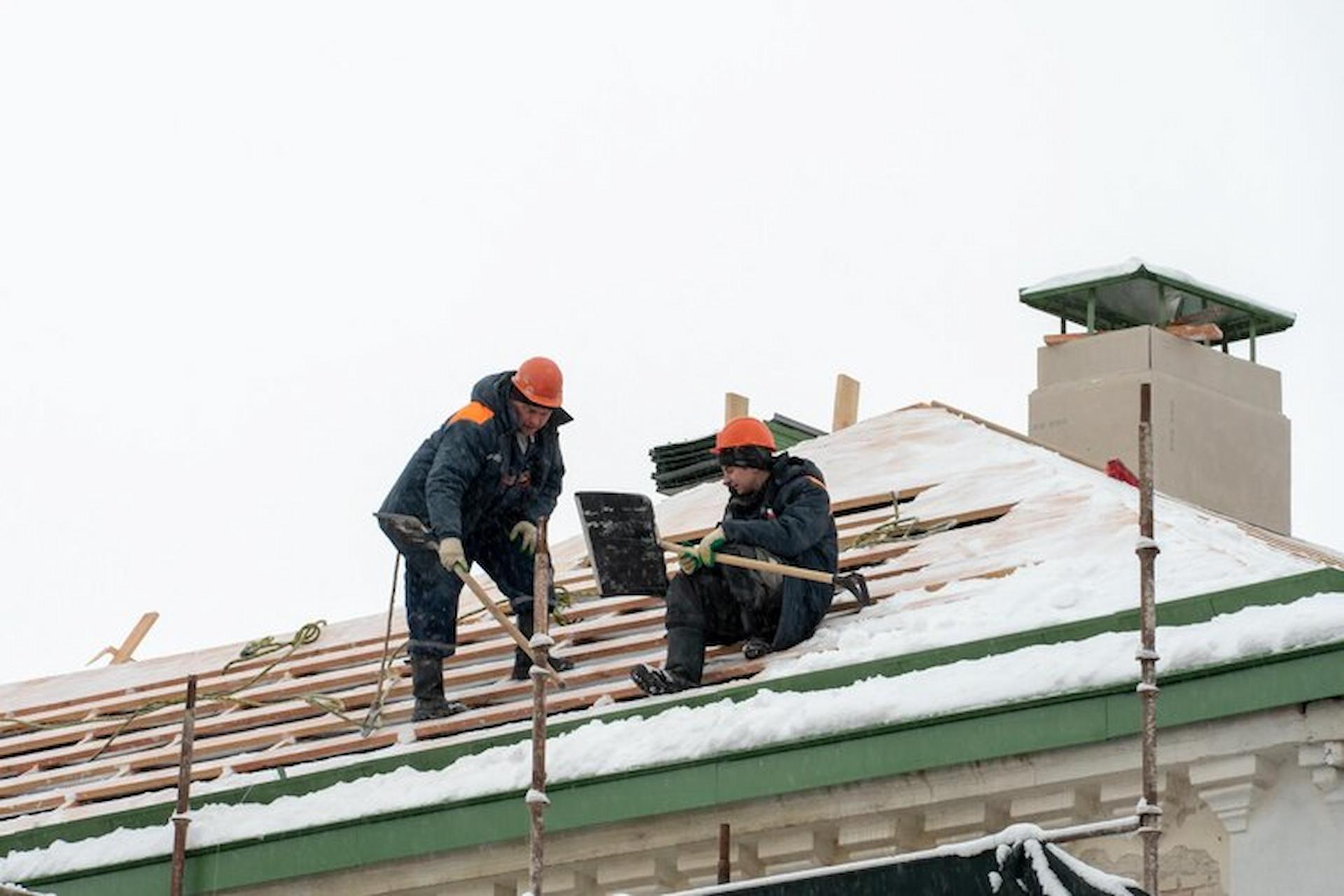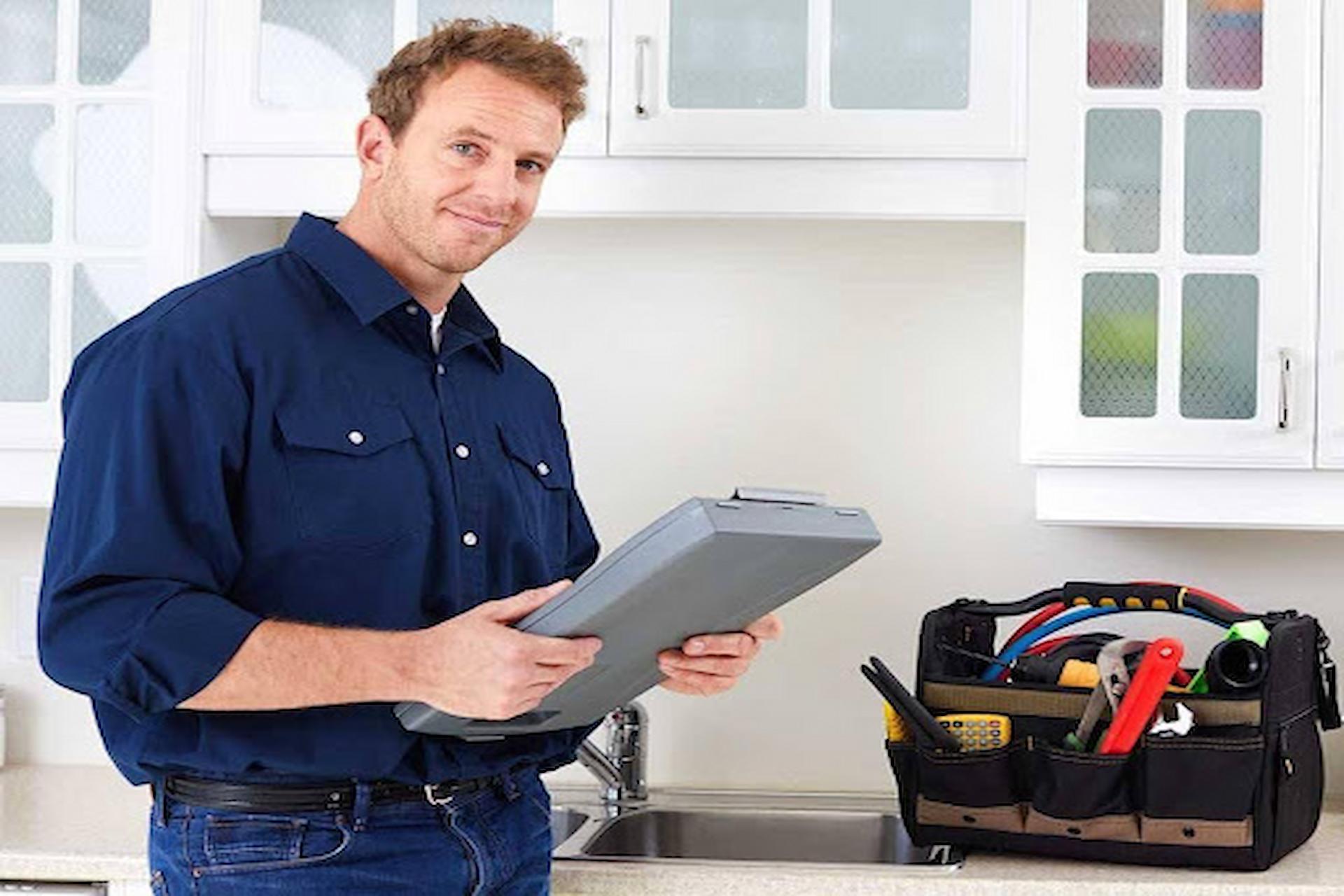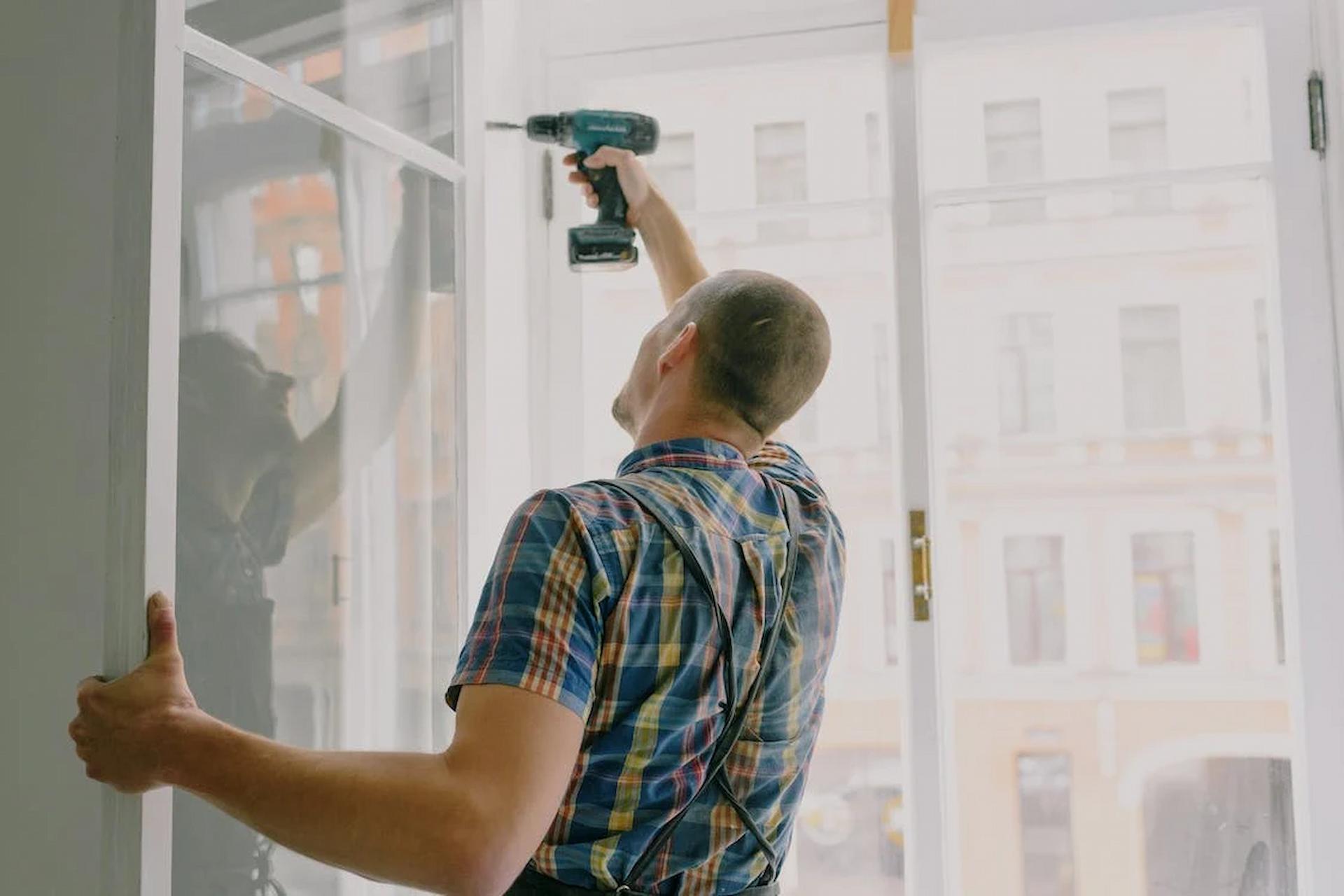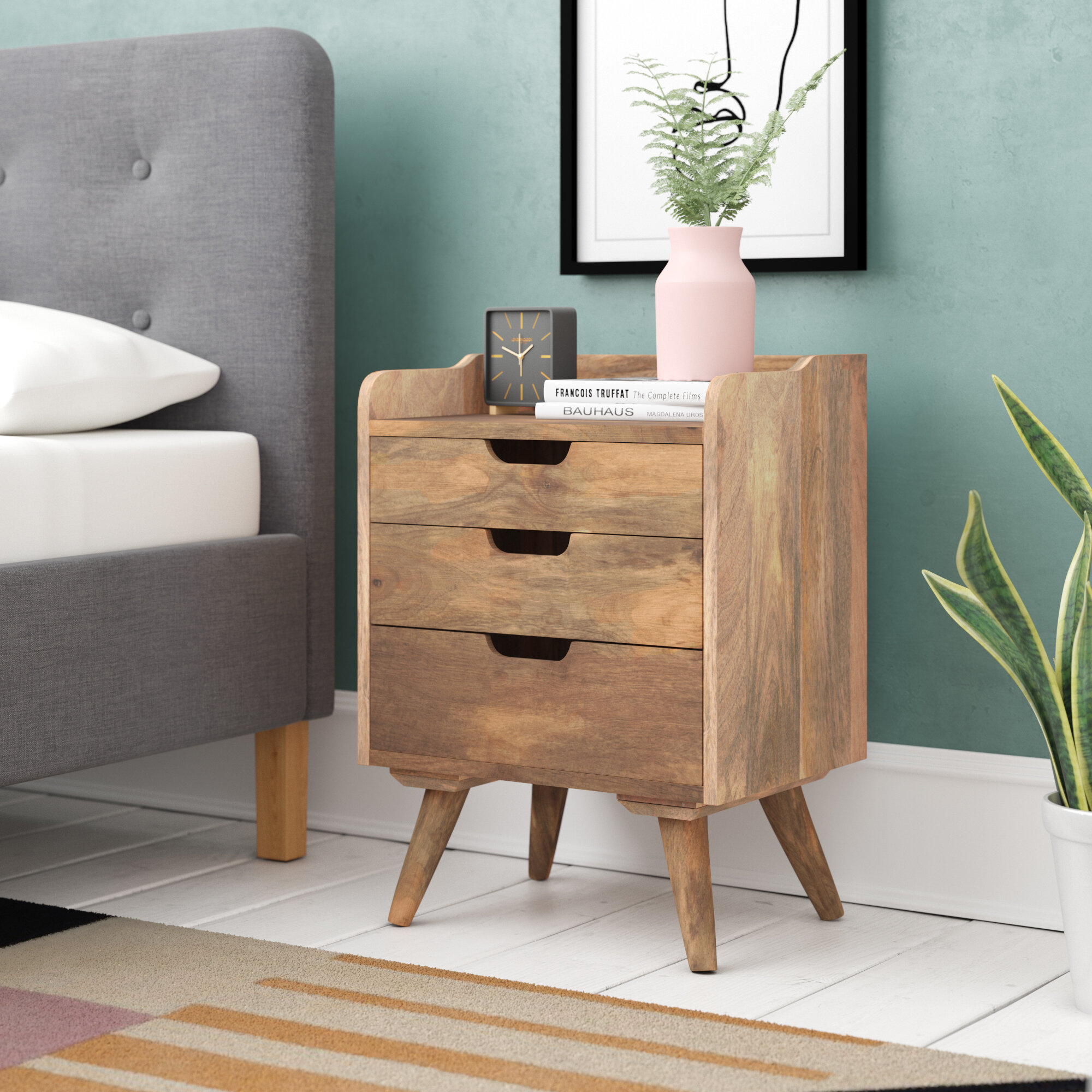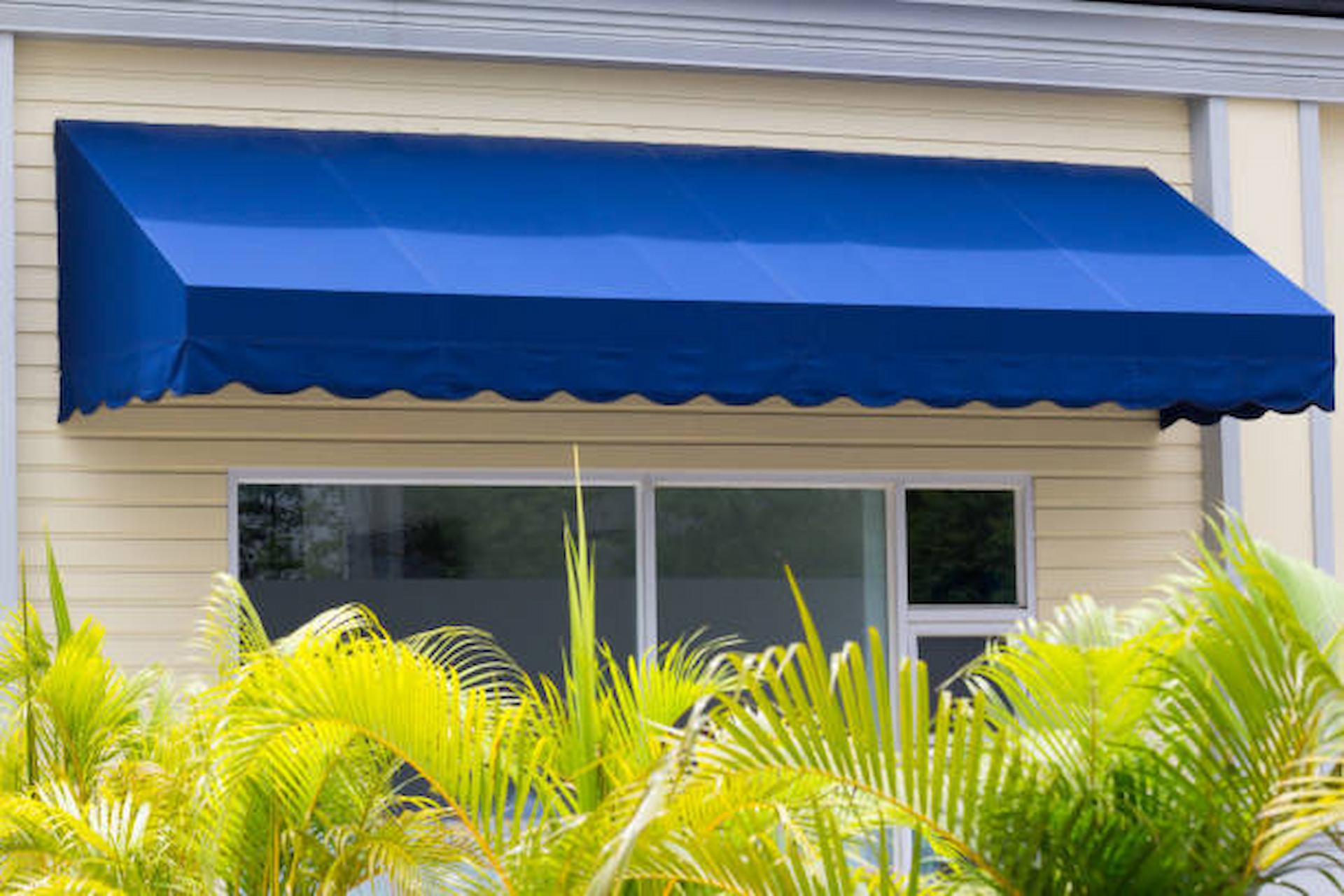Flat roofs are famous for modern buildings due to their sleek design and space-saving features. However, they come with their own set of challenges, particularly when it comes to preventing leaks. A leaking roof can cause extensive damage to your property and disrupt your daily life. Fortunately, with proper maintenance and preventative measures, you can safeguard your flat roof against leaks and ensure its longevity. In this article, we’ll delve into insider maintenance insights to help you effectively prevent leaks and avoid the need for costly roof repairs.
Understanding Flat Roof Leaks
Flat roofs are more susceptible to leaks compared to sloped roofs due to their design, which lacks natural drainage. Water can accumulate on the surface, leading to ponding or pooling if not properly addressed. Over time, this standing water can penetrate the roof membrane, causing leaks and water damage to the interior of the building.
Insider Maintenance Insights
Regular Inspections: Conduct routine inspections of your flat roof to identify any signs of damage or potential areas of concern. Look for cracks, blistering, or tears in the roofing material and areas where water may be pooling. Early detection can prevent minor issues from escalating into major leaks.
Clear Debris: Keep your flat roof clear of debris like leaves, branches, and dirt. Debris can clog drains and gutters, leading to water buildup on the roof surface. Regularly remove any debris to ensure proper drainage and prevent water from pooling.
Ensure Proper Drainage: Proper drainage prevents water buildup on flat roofs. Ensure that drains and gutters are free from obstructions and functioning correctly. Consider installing additional drainage systems to improve water flow off the roof.
Address Ponding: If you notice ponding areas on your flat roof, promptly address the issue. Ponding water can accelerate roof deterioration and increase the risk of leaks. If feasible, options for addressing ponding include installing tapered insulation to promote water runoff or adjusting the roof slope.
Seal Roof Penetrations: Roof penetrations such as vents, pipes, and HVAC units are common weak points where leaks occur. Ensure that these penetrations are properly sealed and waterproofed to prevent water infiltration. Regularly inspect seals and reseal them as needed to maintain their integrity.
Invest in Professional Maintenance: While regular DIY inspections are essential, professional maintenance and roof repairs Putney can provide added peace of mind. Roofing professionals have the expertise and tools to identify potential issues and perform necessary repairs or maintenance tasks to prevent leaks.
Choose Quality Roofing Materials: When installing or repairing a flat roof, opt for high-quality roofing materials that are durable and resistant to weathering. Investing in premium materials may require a higher upfront cost but can save you money in the long term by reducing the likelihood of leaks and the need for frequent repairs.
Consider Roof Coatings: Roof coatings can provide an additional layer of protection for your flat roof, helping to seal cracks, prevent water infiltration, and reflect UV rays. These coatings can extend the lifespan of your roof and reduce the risk of leaks. Consult with a roofing professional to determine the best type of coating for your specific roof.
Monitor Weather Conditions: Monitor weather forecasts, especially during heavy rainfall or snowfall periods. Extreme weather events can stress your flat roof and increase the risk of leaks. Take proactive measures such as clearing drains and gutters before severe weather hits to prevent water buildup and potential damage.
Educate Tenants or Residents: If you own or manage a property with a flat roof, educate tenants or residents about the importance of roof maintenance and leak prevention. Encourage them to report any signs of leaks or damage promptly to address issues before they escalate. A collaborative approach to maintenance can keep your flat roof in optimal condition.
Schedule Regular Roof Inspections: In addition to conducting your inspections, schedule regular inspections with a qualified roofing contractor. A professional inspection can identify hidden issues that may not be visible to the untrained eye. Consider scheduling inspections at least once a year or after severe weather events to ensure the ongoing integrity of your flat roof.
Act Quickly on Repairs: If you encounter a leak or signs of damage on your flat roof, don’t delay addressing it. Ignoring a leak can lead to further water damage and costly repairs. Contact a reputable roofing contractor as soon as possible to assess the issue and perform necessary maintenance to prevent further damage.
Conclusion
Preventing leaks on flat roofs requires a proactive and multi-faceted approach to maintenance. By implementing the aforementioned strategies, including regular inspections, debris removal, proper drainage, sealing penetrations, and investing in quality materials and professional maintenance, you can significantly reduce the risk of leaks and extend the lifespan of your flat roof.
Remember, leak prevention is not only about protecting your property from water damage but also about preserving its structural integrity and ensuring the safety and comfort of its occupants. By staying vigilant and addressing issues promptly, you can enjoy the benefits of a well-maintained and leak-free flat roof for years to come.

